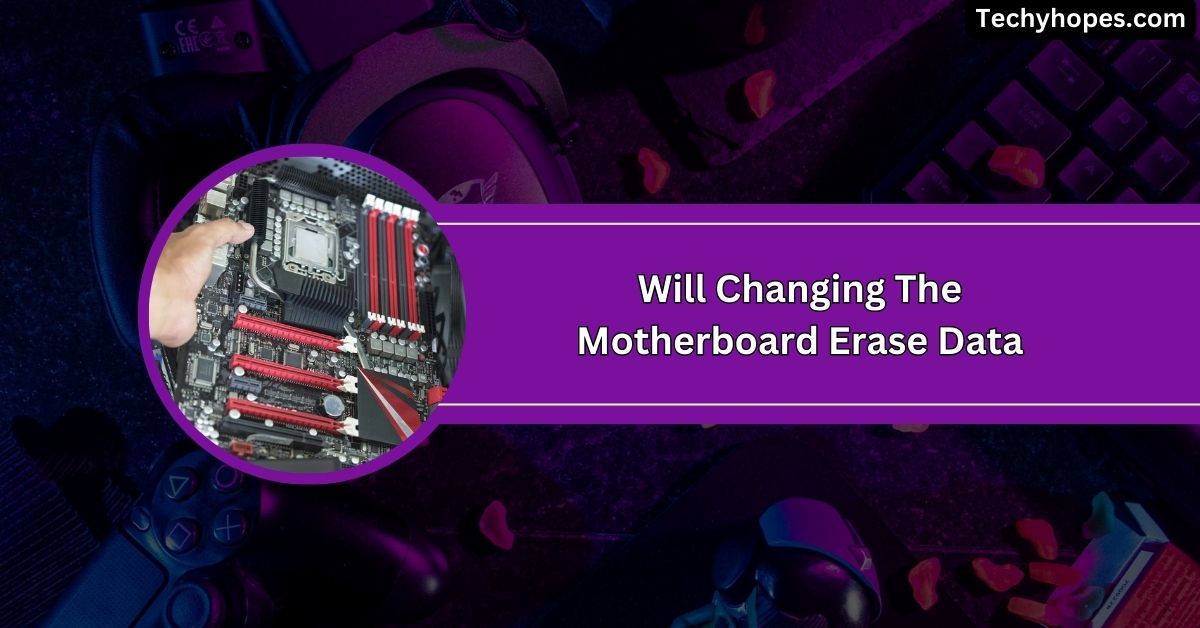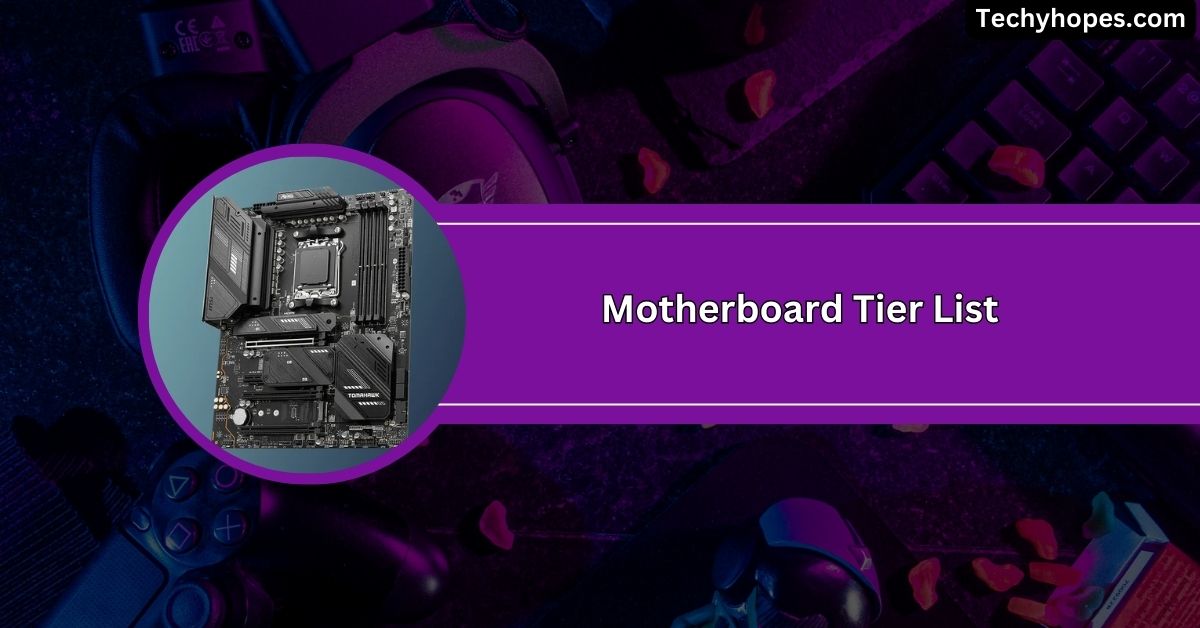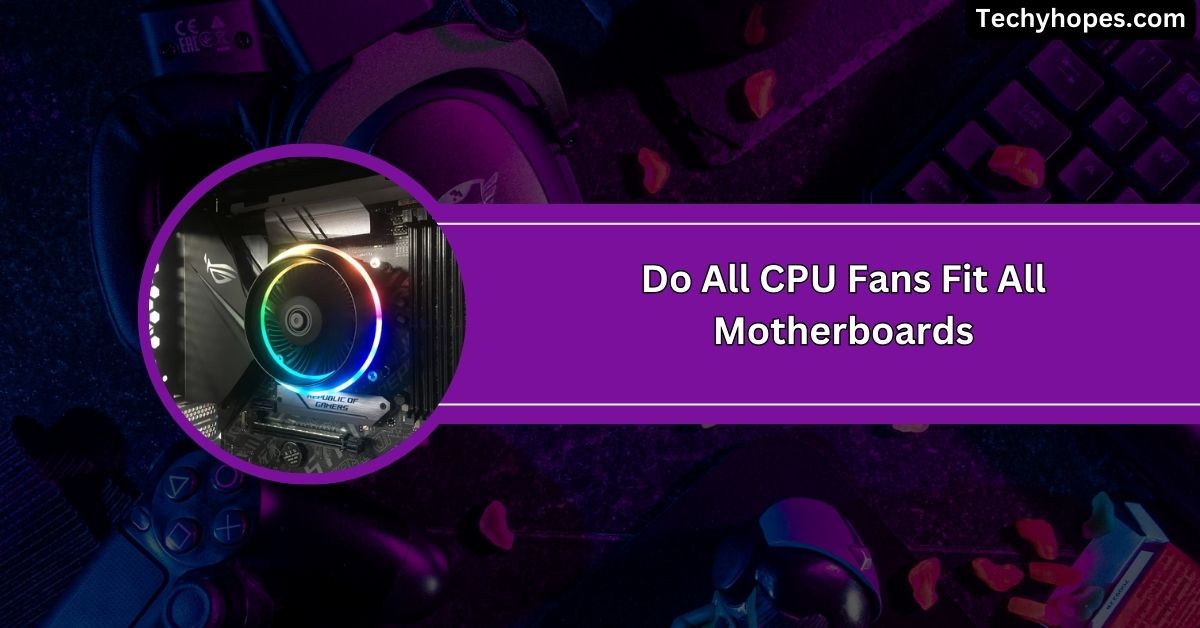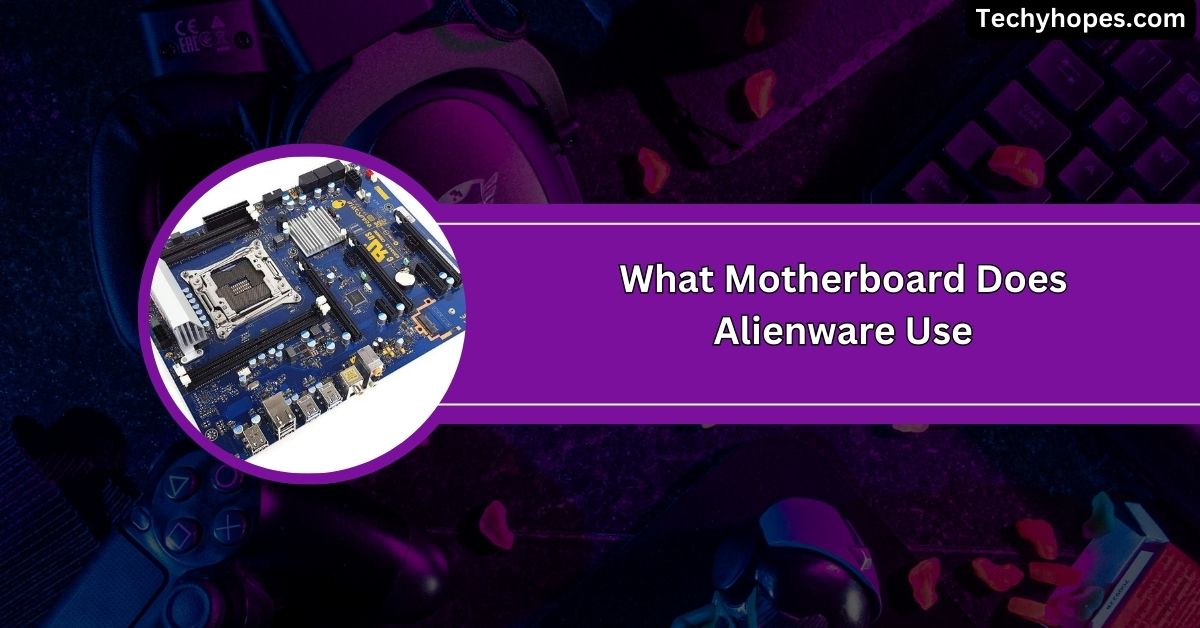When building or upgrading your PC, one big question often arises: will your graphics card work with your motherboard?
No, not all graphics cards are compatible with all motherboards. While most GPUs work with most motherboards, compatibility depends on factors like PCIe slots, power supply, and motherboard BIOS. Always check specifications for compatibility.
In this guide, we’ll explore everything you need to know about ensuring your graphics card fits and functions perfectly with your motherboard. Let’s simplify the process and help you make the best choices for your setup!
PCI Express (PCIe) Slot Compatibility
The PCI Express slot is the primary interface for connecting a GPU to a motherboard, specifically the PCIe x16 slot. Most contemporary motherboards come equipped with at least one of these slots, facilitating GPU installation. However, it’s essential to understand the nuances of PCIe slots:
- Slot Versions: PCIe slots have evolved through versions like 2.0, 3.0, and 4.0, each offering increased data transfer rates. Notably, these versions are backward and forward-compatible. This means a PCIe 3.0 GPU can function in a PCIe 2.0 slot, though it may experience reduced bandwidth. Similarly, a PCIe 4.0 GPU can operate in a PCIe 3.0 slot but won’t utilize its full potential bandwidth.
- Lane Counts: While a slot might physically accommodate a GPU, the number of data lanes (x1, x4, x8, x16) varies. GPUs typically require a full x16 slot to perform optimally. Installing a GPU in a slot with fewer lanes can lead to performance bottlenecks.
Physical Dimensions and Clearance

Modern GPUs, especially high-performance models, have become increasingly large due to advanced cooling solutions and enhanced capabilities. Before purchasing or installing a GPU, consider:
- Case Size: Ensure your PC case can accommodate the GPU’s length, height, and thickness. Some high-end GPUs occupy multiple expansion slots and may interfere with other components.
- Adjacent Components: Verify that nearby components, such as storage drives or cables, won’t obstruct the GPU or impede airflow.
Power Supply Unit (PSU) Requirements
GPUs are among the most power-hungry components in a PC. To ensure stable operation:
- Wattage: Confirm that your PSU can deliver sufficient power for the GPU and other system components. High-end GPUs may require PSUs with capacities of 600W or more.
- Power Connectors: Many GPUs, such as 6-pin or 8-pin PCIe power cables, need additional power connectors. Ensure your PSU has the appropriate connectors, or consider using adapters if necessary.
CPU and System Balance
Pairing a powerful GPU with an outdated CPU can lead to bottlenecks, where the CPU limits the GPU’s performance. To achieve system harmony:
- Performance Matching: Select a CPU that complements your GPU’s capabilities to prevent performance disparities.
- Avoiding Bottlenecks: Research potential bottleneck scenarios to ensure balanced system performance.
BIOS and Firmware Considerations
Some older motherboards may require BIOS updates to support newer GPUs. Before installation:
- Check for Updates: Visit the motherboard manufacturer’s website to see if a BIOS update that enhances GPU compatibility is available.
- Installation: Follow the manufacturer’s instructions when updating the BIOS to avoid system issues.
Multiple GPU Configurations
For users considering multi-GPU setups (e.g., NVIDIA’s SLI or AMD’s CrossFire):
- Motherboard Support: Ensure your motherboard supports multi-GPU configurations and has the necessary PCIe slots.
- Adequate Spacing: Proper spacing between GPUs is essential to maintain optimal airflow and cooling.
Future-Proofing and Upgradability
While current compatibility is vital, consider future upgrades:
- PCIe Version: Opting for a motherboard with the latest version can provide better longevity and support for upcoming GPUs.
- Power Headroom: Selecting a PSU with a higher wattage than currently needed can accommodate future component upgrades.
Must Read: Can A Motherboard Bottleneck A GPU? – Complete Guide 2025!
Integrated Graphics vs. Dedicated GPUs: What’s Right for You?
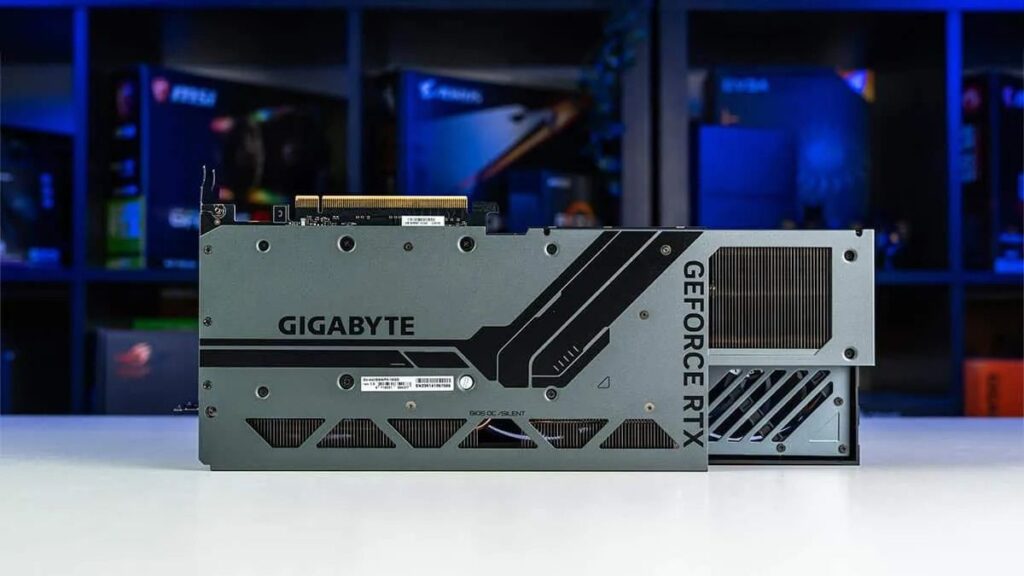
Integrated graphics are built into the CPU and are great for everyday tasks like web browsing, watching videos, and light gaming.
On the other hand, dedicated GPUs are separate components designed for high-performance tasks like gaming, video editing, and 3D rendering. If you need strong graphics power, go for a dedicated GPU. For simple use, integrated graphics work fine!
Troubleshooting Common Compatibility Issues
When a GPU and motherboard don’t work together as expected, it can cause frustrating problems. Here’s a guide to help you identify and resolve common compatibility issues.
1. No Display Signal After Installing the GPU
- Cause: The GPU may not be seated properly in the PCIe slot, or the monitor cable could be connected to the motherboard instead of the GPU.
- Solution: Reseat the GPU and ensure the monitor is connected to the GPU’s output ports.
2. System Fails to Boot
- Cause: Insufficient power from the PSU or incompatible hardware.
- Solution: Check the PSU’s wattage and ensure it meets the GPU’s power requirements. Confirm that all power connectors are firmly attached.
3. Driver Installation Errors
- Cause: Outdated or incorrect drivers for the GPU.
- Solution: Visit the GPU manufacturer’s website to download and install the latest drivers compatible with your operating system.
4. Reduced Performance or Stuttering
- Cause: The GPU may operate in a lower PCIe mode (e.g., x8 instead of x16).
- Solution: Inspect the BIOS settings to ensure the PCIe slot is set to the correct mode. Ensure no other components are limiting bandwidth.
5. GPU Not Detected by the Motherboard
- Cause: Outdated BIOS or hardware conflicts.
- Solution: Update your motherboard’s BIOS to the latest version. Verify that the GPU is securely installed and compatible with your motherboard.
6. Overheating and Thermal Throttling
- Cause: Poor airflow or a malfunctioning GPU cooler.
- Solution: Clean the PC case, remove dust from fans, and ensure the GPU’s cooling solution works properly. Improve airflow by adjusting fan placement.
7. Black Screen or Freezes During Use
- Cause: Overclocking instability or insufficient power delivery.
- Solution: Reset the GPU and CPU to factory clock speeds. Upgrade the PSU if it’s not providing stable power.
Must Know: Are Gigabyte Motherboards Good: Reliable Choice For Gamers!
Key Tips for Choosing the Right GPU for Your Motherboard
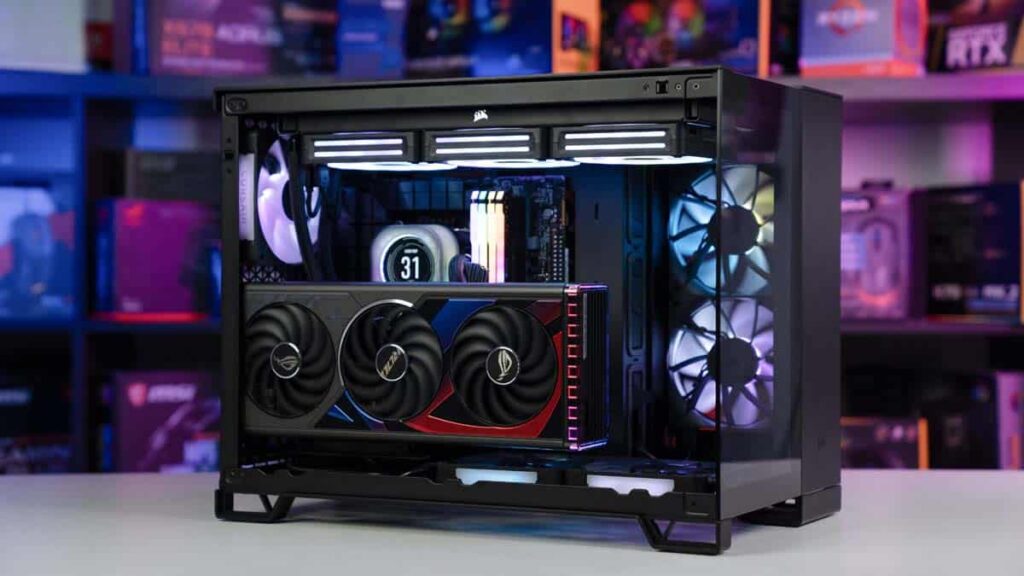
Selecting the right GPU involves more than just picking the most powerful one. Here are some key tips to ensure compatibility and optimal performance for your PC build.
1. Check the PCIe Slot Version
Ensure your motherboard has a PCIe x16 slot, ideally of a version that matches your GPU (e.g., PCIe 3.0 or 4.0). Even if the versions differ, backward and forward compatibility ensures basic functionality.
2. Match Your Power Supply Unit (PSU)
Check the GPU’s power requirements and make sure your PSU has enough wattage and the necessary power connectors (6-pin, 8-pin, etc.). A PSU calculator can help determine your system’s power needs.
3. Measure Your Case Space
GPUs come in various sizes. Measure the available space in your PC case, including length, height, and thickness, to avoid clearance issues. Check if the GPU requires more than two slots.
4. Consider the Motherboard’s Chipset
Verify that your motherboard chipset supports all the features of your GPU, such as PCIe lanes, overclocking, or advanced graphics options.
5. Ensure Sufficient Cooling
High-performance GPUs generate a lot of heat. Ensure your case has good airflow and enough fans to keep temperatures under control.
6. Update Your BIOS
Upgrade your motherboard’s BIOS to the latest version for newer GPUs to prevent detection or performance issues.
Popular GPU and Motherboard Pairings
Certain GPUs and motherboards work well together. For example, NVIDIA RTX 3060 pairs excellently with B550 or Z490 motherboards for gaming.
Similarly, AMD RX 6600 matches Ryzen-supported boards. Compatibility depends on PCIe slots, power requirements, and chipset support for seamless performance.
Are All Graphics Cards Compatible With All Motherboards?
No, not all GPUs work with all motherboards. Compatibility depends on PCIe slots, BIOS support, and power connectors.
Ensure your motherboard has the right PCIe version and enough power for the GPU. Checking manufacturer specifications helps avoid mismatches.
Nvidia Motherboard GPU Compatibility Checker
NVIDIA doesn’t make motherboards but offers tools to check if their GPUs are compatible with your motherboard. Use the GPU compatibility section on their website or refer to user manuals to confirm your setup works perfectly.
Can Any Motherboard Support Any CPU?
No, motherboards are designed to support specific CPUs. Compatibility depends on the socket type and chipset. For example, Intel CPUs need motherboards with LGA sockets, while AMD CPUs use AM4 or AM5 sockets. Check the specs before buying!
You Should Know: What Motherboard Does Alienware Use: All You Need To Know!
GPU Compatibility With CPU
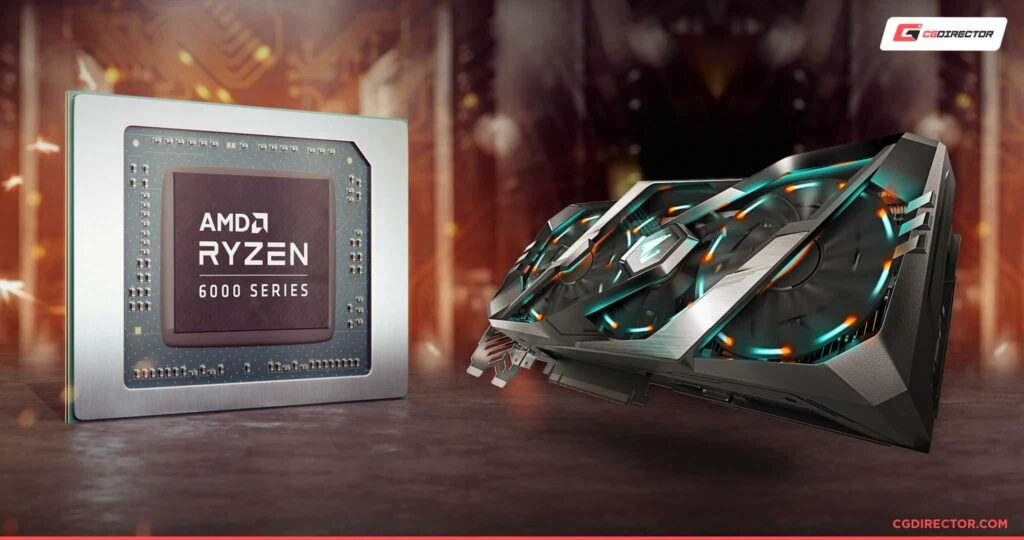
Your GPU and CPU need to work well together for balanced performance. Pairing a high-end GPU with a weak CPU causes bottlenecks. For example, an RTX 4070 works best with Ryzen 7 or Core i7 CPUs to avoid slowdowns.
Nvidia Graphics Card Compatibility Check
To check compatibility for NVIDIA cards, confirm your motherboard has a PCIe x16 slot, sufficient power connectors, and updated BIOS. NVIDIA provides detailed specs and recommendations for each GPU to ensure smooth installation and operation.
Can GPU Not Be Compatible With Motherboard?
Yes, incompatibilities can happen if your motherboard lacks a PCIe x16 slot, power connectors, or BIOS support. Old motherboards may struggle with newer GPUs. Always check the GPU and motherboard specifications before purchasing to avoid issues.
Motherboard Compatibility Checker
Online compatibility checkers, like PCPartPicker, help confirm if your GPU, CPU, and motherboard work together. Enter your components; these tools alert you to potential issues, ensuring your setup is fully compatible.
ASUS Motherboard GPU Compatibility
ASUS motherboards typically support NVIDIA and AMD GPUs with standard PCIe slots. High-end models like the ROG series work great for gaming and performance GPUs. Always verify specifications and update the BIOS for new-generation graphics cards.
FAQs
1. Does my motherboard support this graphic card?
Check if your motherboard has a PCIe x16 slot, enough power supply, and updated BIOS to support the GPU.
2. Can I use any graphics card with any motherboard?
Not all GPUs work with all motherboards. Compatibility depends on PCIe slots, power requirements, and BIOS updates.
3. Are graphics cards universal to motherboards?
Graphics cards aren’t universal. They require a matching PCIe slot, enough power, and compatible drivers for proper functioning.
4. Does every GPU fit in every motherboard?
No, some GPUs are too large for smaller motherboards or cases. Always check size and slot availability before purchasing.
5. How do I make sure my GPU is compatible?
Check your motherboard’s PCIe slot type, power supply wattage, and GPU length. Use tools like PCPartPicker to confirm.
6. Will an RTX 3060 fit any motherboard?
The RTX 3060 fits motherboards with PCIe x16 slots. Ensure your case has enough space and your PSU meets power needs.
7. How do I get my motherboard to recognize my graphics card?
Update your motherboard BIOS, reseat the GPU, and connect all power cables. Install the latest GPU drivers.
8. How do I find a compatible graphics card for my PC?
Check your motherboard’s PCIe version, PSU wattage, and case size. Compatibility tools online can help match your components.
9. How do I determine if a given GPU is compatible with some motherboard?
Verify the motherboard has a PCIe x16 slot, enough power connectors, and updated BIOS for the GPU.
10. Will all modern motherboards support all modern graphics cards without any issues?
Most modern GPUs work with motherboards, but BIOS updates, power supply, and PCIe slots must be checked for compatibility.
Conclusion
In conclusion, ensuring GPU and motherboard compatibility is crucial for a smooth, high-performance PC build. Always check for the right PCIe slots, power requirements, case space, and BIOS updates. Proper research and planning help avoid compatibility issues and enhance your system’s performance.


